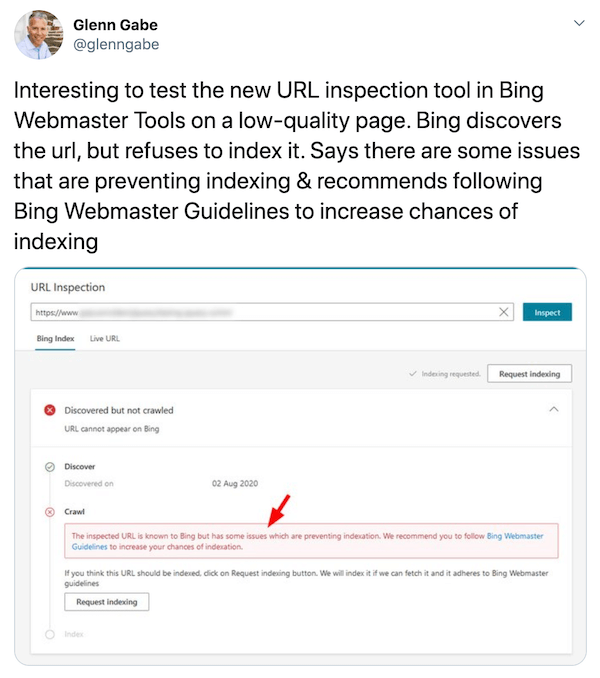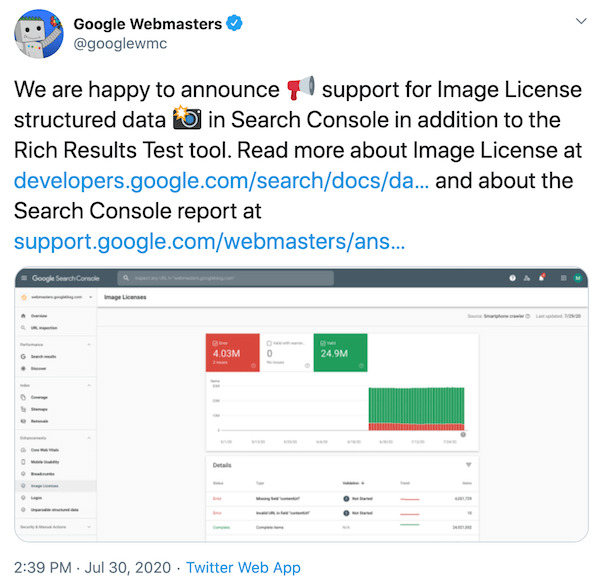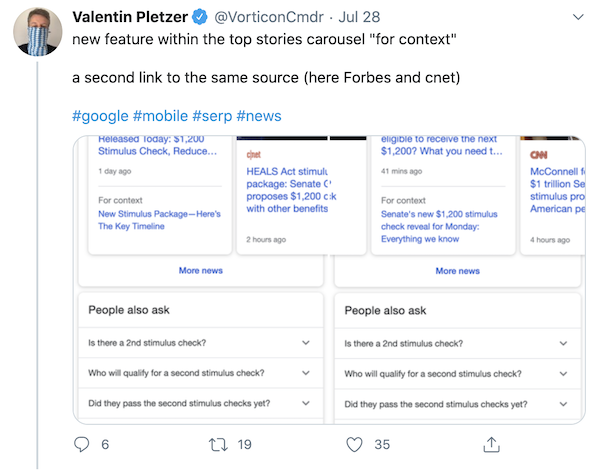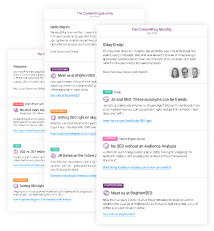A new week, new SEO updates to digest! Here are some SEO show-stoppers that turned up from Monday to Sunday.
A New Bing Webmaster Tools Launched With Added Features
Since February this year, Bing’s team had been working hard to make their Webmaster Tools platform even more powerful. And now the search engine has finally successfully migrated to the platform’s new version with added and revised features.
One major addition to the platform is Bing’s new URL inspection (opens in a new tab) tool that helps webmasters to check if their URLs are indexed by Bing, or if there are any issues or a breach of Bing Webmaster guidelines (opens in a new tab).
This feature is very similar to the URL Inspection Tool in Google Search Console (opens in a new tab), but to get an overall picture of URL status, you should use both tools. Each will show you how your URLs are doing within its specific search engine.
Additionally, similarly to Google Search Console, Bing Webmaster Tool now offers a Robots.txt tester (opens in a new tab) that lets you verify if URLs listed in robots.txt file are really allowed or disallowed.
Apart from the completely new features, Bing has also updated these functionalities for webmasters:
- Backlinks (opens in a new tab), which lists backlinks for any site, including similar sites.
- Keywords research (opens in a new tab), which includes filters by countries, languages, or devices.
- URL submission (opens in a new tab), which offers easy to navigate user flow with metrics and history. Bing has released URL submission via a WordPress plugin enabling automatic Bing indexing.
- SEO reports (opens in a new tab) offer improved classification of issues.
Google Doubles Down on Web Stories With AMP Validation Tool
With the focus of internet search transitioning to mobile, the new Web Stories format has been gaining popularity. Although it’s been around for a while already, Google has emphasized its role by displaying it in more and more places, such as Search, Images, and Discover.
And now the search engine lets users test their Web Stories through its AMP Validation Tool (opens in a new tab). To check if it runs properly, simply enter the URL for the particular Web Stories.
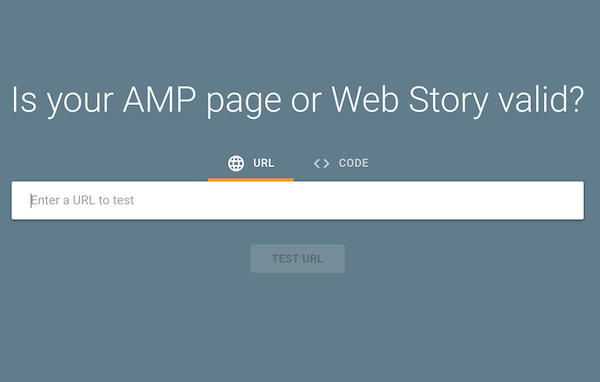
The AMP Validation tool supports Web Stories simply because the feature itself is a subset of AMP. It was originally named AMP Stories.
To help WordPress users in creating their engaging Web Stories content, Google has been developing a plugin (opens in a new tab) that will enable them to create it directly from the platform.
Learn what Google’s John Mueller says about the new feature on the Google Webmasters Youtube Channel (opens in a new tab).
GPT-3 Ready for SEO Testing?
Is the bell tolling for human content creators? Considering the latest news in AI language development, it pretty much might be!
The discussions over the newly released beta of GTP-3 (the third generation of OpenAI’s Generative Pre-trained Transformer) have been buzzing on social media for the past month or so. And some enthusiasts are saying the language is ready for SEO testing.
In his own experiment, Will Critchlow (opens in a new tab) recently proved that the GPT-3 can be used for eCommerce sites with a huge page count. This AI technology can help with the generation of product descriptions, category and facet page overviews, and titles and meta information.
As a part of his tests, Will showed the generator two examples of human-written copy for two category pages: running shoes and football boots.
Title: Men’s Running Shoes // adidas UK // Order Now
Copy: From start to finish, adidas’ men’s running shoes are a success story that you can depend on. Benefit from advanced running technologies for enhanced performance, whilst also looking stylish and feeling comfortable when you’re on the run.
Title: Mens adidas Football Boots // adidas UK
Copy: The adidas range of men’s football boots is both the outcome and the evidence of our rich connection with the beautiful game. Don’t compromise, opt for the best boots that money can buy, and see why some of the world’s top goalscorers wear adidas.
GPT-3 then generated this copy for a different category—basketball shoes—without any additional human input:
Title: Men’s Basketball Shoes // adidas UK
Copy: The adidas range of men’s basketball shoes is the perfect blend of style and performance. Benefit from the latest technologies and innovations, whilst also looking the part on the court.
However, in the same research, Critchlow claims that the GTP-3 still cannot outperform a human writer, and for individual and long outputs, you’ll still need a human touch.
Will humans turn into editors of machine-generated content rather than full-time authors? The future will tell!
Generative Pre-trained Transformer—or GTP in short— is an autoregressive language model that uses deep learning to automatically generate human-like text.
It was developed by OpenAI (opens in a new tab), a San Francisco-based artificial intelligence research laboratory co-founded by Elon Musk.
GPT’s first generation was released in 2018 and contained 117 million parameters. GPT-2, released in 2019, contained 1.5 billion parameters.
The latest generation—GPT-3—has 175 billion parameters. It has been trained on 45 terabytes of text data and can create texts that are hard to distinguish from human writing.
Google Search Console Supports Image License
Creating original and valuable images is hard work, and it’s only fair to receive proper credit.
Luckily, Google lets you emphasize that credit by showing your license label in its Image Search. And with a recent update to Google’s Search Console and its Rich Results Test tool (opens in a new tab), you can now debug any coding, indexing, or display issues for image licenses’ Schema markup.
Google announced its addition of license metadata and structured data to Search in February. The search engine offers two ways to implement a proper license label for your image:
- Structured data (opens in a new tab), which signals an association between the image and the page where it appears with the markup.
- IPTC photo metadata (opens in a new tab), which is embedded into the image itself. Images with such data can move from page to page while still staying intact.
You can test the Image Licence markup in Google Search Console Enhancement reports.
Google also added that a way to check out the image license markup is offered in their Rich Results Test tool (opens in a new tab), which recently left beta. The tool now supports 17 types of Schema markup.
The recent release of the Rich Results Test tool out of beta goes hand in hand with the announcement that Google will soon shut down the popular Structured Data Testing Tool feature, which has gained popularity among SEOs worldwide.
This announcement sparked many controversies, and opinions stating that the older tool supports more functionalities appeared quickly. It seems that Google listened to the feedback and recently, John Mueller said that they were planning on expanding the Rich Results Testing Tool (opens in a new tab).
Top Stories Carousel Gets Additional Links “For Context”
Publishers are experiencing great times in Google Search nowadays. Google recently added the News Search filter to Google Search Console, letting them analyze organic traffic coming from the News Search Tab.
And now, Google is reportedly boosting the display of Top Stories in the general Google Search.
The new approach was spotted by Valentin Pletzer (opens in a new tab) and suggests that Google includes a second link to the same story “for context.”
The additional “for context” link in the carousel links to the same source. This allows publishers to claim two slots within the same top-stories carousel result. It can also help older stories to remain fresh for a longer time and serves as a reward to publishers who provide in-depth coverage of a particular topic.
Google later confirmed to Verge that this is a new feature (opens in a new tab).
“Where we detect that a publisher has this kind of background content for a timely news story, we will add it,” a spokesperson told the magazine.
Want to never miss important SEO news again?
Then sign up for our newsletter and follow us on social media:


